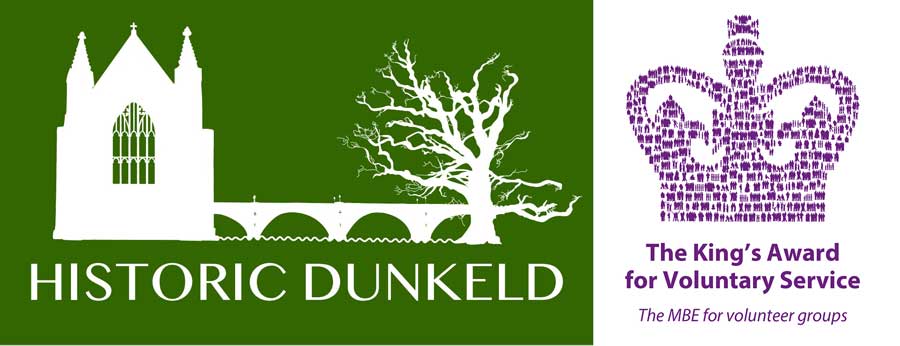Industry in Dunkeld and Birnam
There have been several phases of industry within Dunkeld and Birnam from metalworking at King’s seat the pictish hillfort to local craft collectives there has been a long running well established history of local industry.
With its location bordering upon the highlands Dunkeld has a strong position in terms of being part of Perthshire “big tree” country as well as being well positioned along multiple waterways such as the river Tay and the river Braan at Inver meaning that industry such as mills can be prosperous in the area.
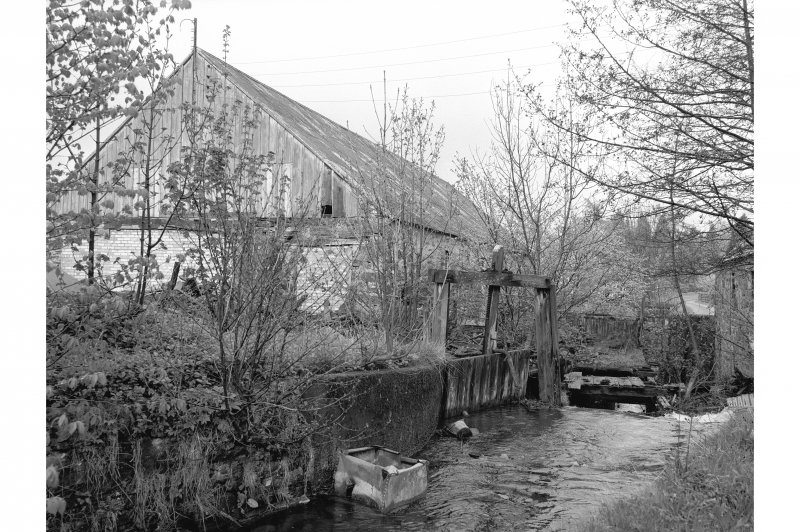
Inver Mill – circa 1970’s –
The “Big Tree Country” aspect of Dunkeld is in part due to the efforts of the fourth Duke of Atholl known as “The Planting Duke” for his efforts in planting over 20 million trees in a 16,000 acre area during his time as the Duke of Atholl. This has lead to some of the spectacular woodlands which can be seen in the land which used to be the duke of Atholl’s estate, such as the Hermitage. There are rumours that the Duke of Atholl spread seeds via Canon fire to plant the rocky outcrops, however, this would not have worked as the canon would have burnt the seeds! The archivist from Blair Castle has confirmed to us that the trees planted from this campaign were planted from seedlings and the archive at Blair Castle has documents to support this. No explosive gardening occured!
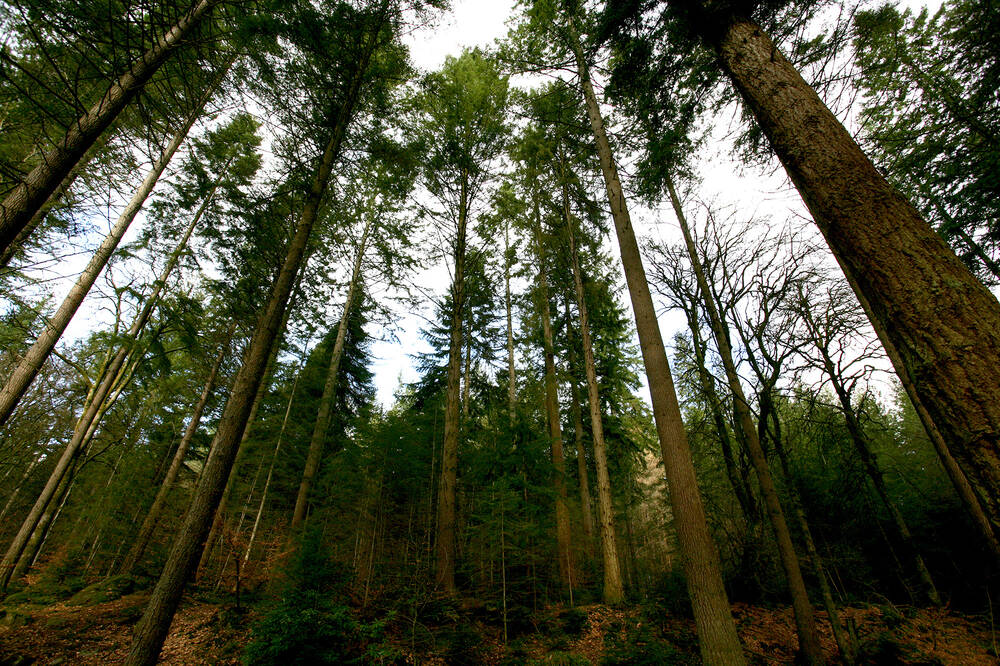
The hermitage – Part of big tree country, planted by the 4th Duke of Atholl –
© The National Trust for Scotland
The waterways and forrestry of Dunkeld mean that many local people were employed in mills or forrestry roles. The mills in the Dunkeld area were not the massive cotton and linen mills which usually spring to mind when industrialisation is mentioned but instead were smaller local mills producing things such flour or processing timber. The fabric production in the area was focused more on cottage industry and handloom weaving items such as linen or plaid, this employed many local cottars outside of their small farmsteads in the production and beginings of industralisation in the 18th century. An example of one of these cottars is Niel Gow who was primarily a handloom weaver before finding his relative fame as a musician!
The local larger mills such as those at Stanley (the mill was built on land purchased from John Murray the 4th Duke of Atholl) were major contributers to the industralisation of Perthshire and employed many individuals in the cotton and linen trades, however the cotton used in this industry tended to be an import from the Americas as this was where the raw cotton was grown. This however meant that industrialisation in Scotland directly involved itself within the Transatlantic Slave trade by trading in cotton which had been picked directly by enslaved workers. Many other aspects of Scottish industralisation were affected by the Transatlantic slave trade including the increase in infrastructure in large towns and cities such as Glasgow and Edinburgh as well as large country estates being built and funded by the money earned via the slave trade. This shows that even rural Scotland is not disconnected to the slave trade but instead every aspect of Scottish life has been changed and influenced by its connections to the attrocities which occured during this period. It is important to aknowledge the history behind this industralisation in Scotland as it is far to easy to remove this dark period from the narrative of Scottish History.
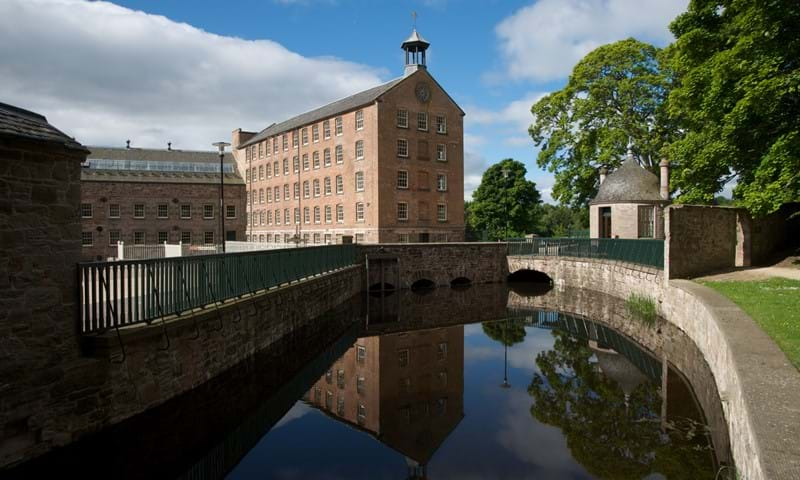
A modern photograph of Stanley Mills.
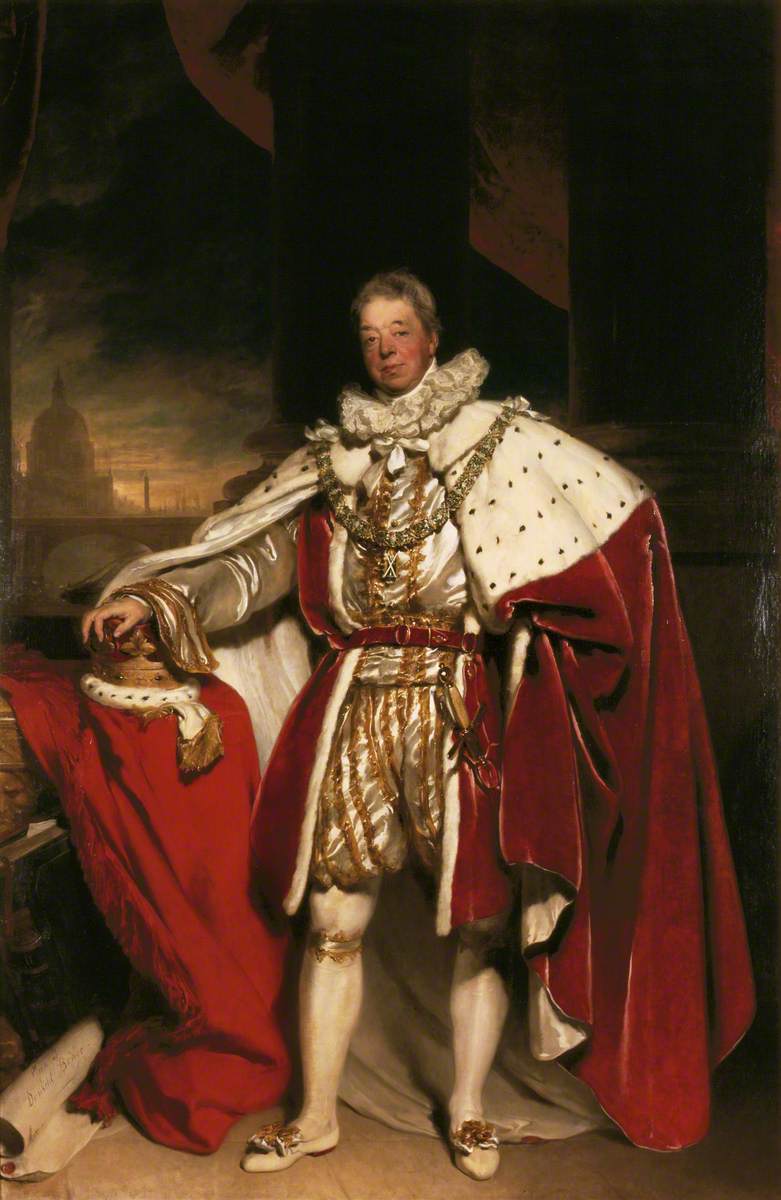
John Murray (1755-1830)- 4th Duke of Atholl
Perth Art Gallery (Culture Perth and Kinross)
Perthshire had quite a strong tie to the abolitionist movement in the late 18th and early 19th century just before Slavery was deemed unlawful in regards to Scottish law and before Slavery was abolished as a whole in Britian (this was not abolished until considerably later in the Americas).
Prior to the banning of Slavery in Scotland there were several incidences abolitionist speakers and personalities coming to Perth to spread word of their cause, two examples of such individuals are Olaudah Equiano (1745-1797) who was a former slave who fought for his freedom and wrote his famous memoir The Interesting Narrative of the Life of Olaudah Equiano (1789), after this he travelled around the country speaking to audiences about his cause, for example he gave speeches in 1792 in Edinburgh, Glasgow, Paisley, Perth, Dundee and Aberdeen.
Another individual with ties to the abolitionist movement and Perthshire was Joseph Knight. Joseph Knight like Olaudah Equiano was also a former slave who was brought to Scotland by his master, John Wedderburn (who was born and lived in Perthshire). Joseph heard news of a former slave who had been freed by the courts and decided to take his case to the courts in both Perth and the court session in Edinburgh which ended in the decision that “The State of Slavery is not recognised by the Laws of this Kingdom (Scotland).
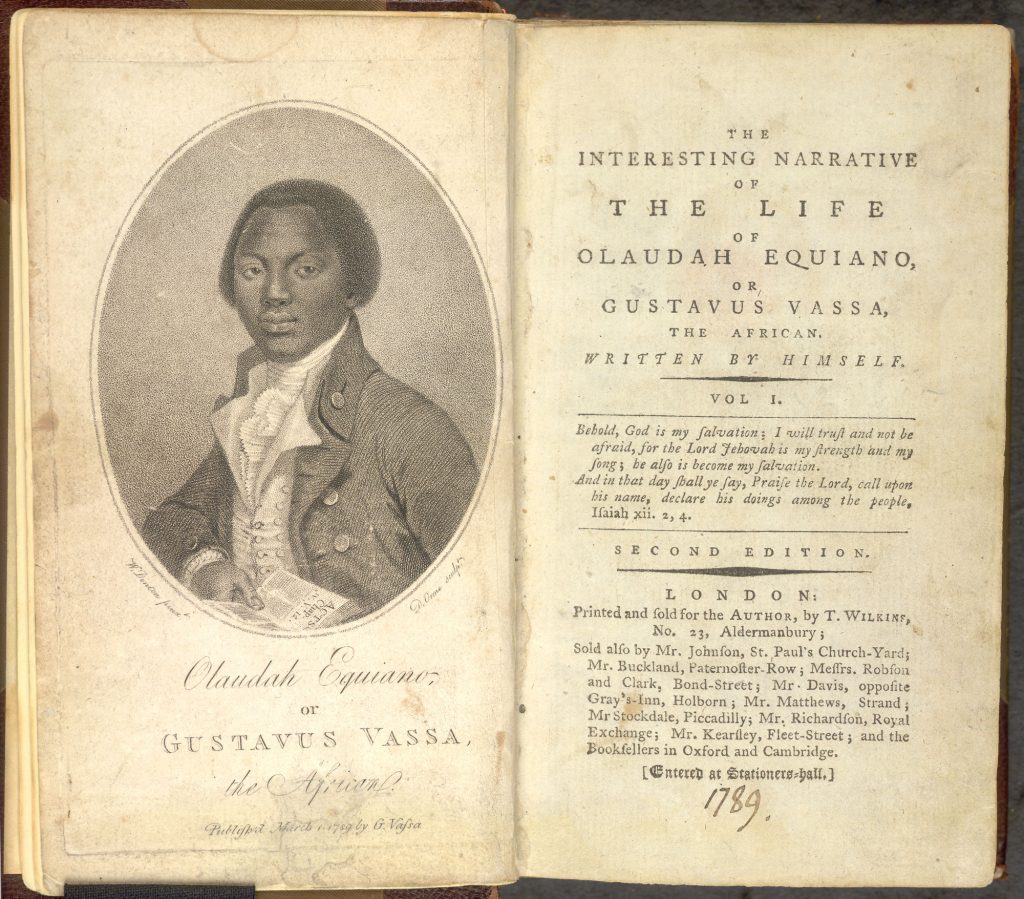
Title page of Olaudah Equiano’s memoir. There are no images of Joseph Knight but several of Equiano.
After the emancipation of slavery industry continued on within Scotland, local industry continued to thrive! In Dunkeld and Birnam a number of the population were employed within the Saw mill industry powered by the aforementioned forrestry and river connections. Of of these individuals employed at the saw mill was Charles MacIntosh (1839–1922). Charles worked at the sawmill until a work place accident which removed two of his fingers after which he became a postman (and switched from playing the fiddle to playing the cello). Charles was known as “the Perthshire naturalist” and contributed lots to the Perthshire Society of Natural sciences as well as developing a close personal friendship with a young Beatrix Potter and bonding over a shared interest in mycology (the study of fungi) and other natural sciences.
Despite losing some of his fingers as a young man, Charles still managed to partake in crafting activities. Perth museum (culture Perth and Kinross) have a collection of documents and artefacts relating to both Charles MacIntosh and Beatrix Potter which were donated By Mr MacIntosh. These artefacts were handmade by him and have been 3D scanned with the kind permission of Perth Museum in order to give an example of some of the fine local crafts which were made in the Dunkeld area.
